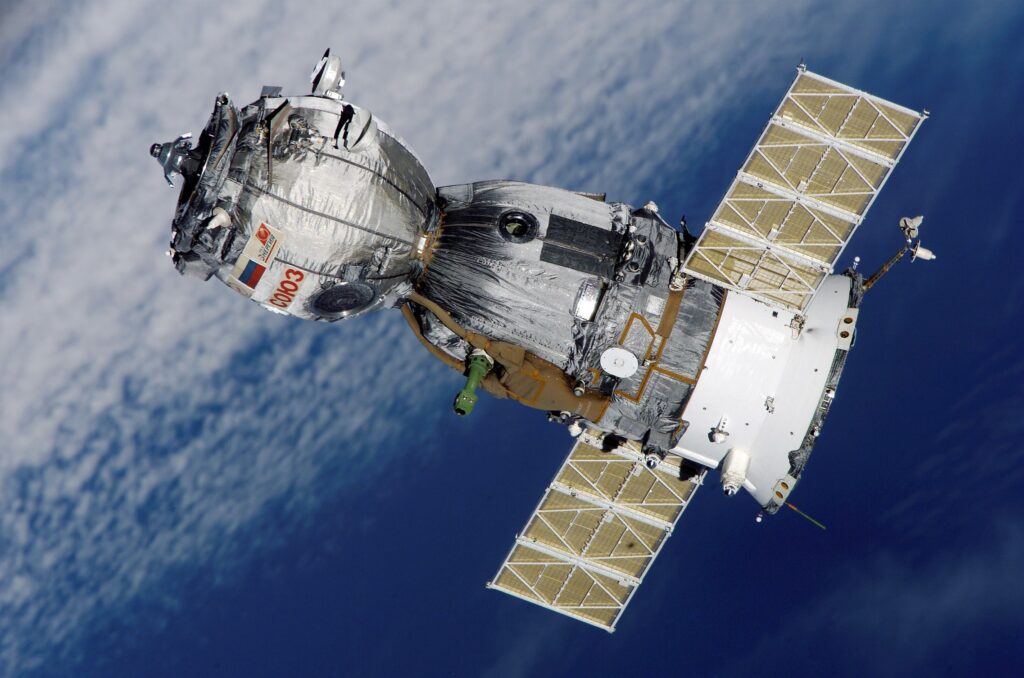Table of Contents
Introduction
In the realm of space exploration, Luna 25 shines as a beacon of curiosity and innovation. This robotic spacecraft, poised to explore the Moon’s surface, marks a significant step forward in our understanding of Earth’s celestial companion. This article delves into the various aspects of the Luna 25 mission, from its objectives to the advanced technology driving its success.

Luna-25: The Ambitious Lunar Mission
Overview
Luna-25, also known as the Lunar Reconnaissance Orbiter, is a pivotal mission spearheaded by Roscosmos, the Russian Federal Space Agency. This mission sets out to achieve a comprehensive exploration of the Moon’s south pole, an area brimming with scientific potential.
Objectives and Scientific Significance
The primary objectives of Luna-25 encompass a diverse range of scientific goals. From mapping the Moon’s topography to analyzing its regolith composition, this mission aims to shed light on the Moon’s geological history, its potential for resources, and its significance as a stepping stone for future space exploration.

Cutting-edge Technology:
Luna-25 is equipped with an array of cutting-edge technologies, including high-resolution cameras, spectrometers, and drilling systems. These instruments are designed to capture detailed images of the lunar surface, identify mineral compositions, and even collect samples for further analysis.
The Road to Launch:
The journey from conception to launch has been one of dedication and meticulous planning. Scientists, engineers, and space enthusiasts alike eagerly await the moment when Luna-25 will commence its journey to the Moon’s surface.
Exploring Scientific Avenues
Mapping the Lunar Topography
Luna 25’s advanced cameras will capture intricate details of the Moon’s landscape, providing us with a comprehensive map of the terrain. This invaluable data will aid future missions and enhance our understanding of lunar geological processes.
Analyzing Regolith Composition
One of the mission’s crucial tasks is analyzing the Moon’s regolith—the layer of loose, fragmented material covering its surface. By studying its composition, Luna-25 will uncover clues about the Moon’s history and its potential resources.
Unveiling the Moon’s Polar Regions
The lunar south pole remains relatively unexplored, making it an enticing destination for Luna-25. By venturing into this uncharted territory, the mission aims to gather insights into the unique features and conditions of the Moon’s polar regions.
Conclusion
Luna-25 represents a significant leap forward in lunar exploration, poised to uncover hidden facets of the Moon’s surface and reshape our understanding of Earth’s celestial companion. As this mission prepares to embark on its journey, the scientific community and space enthusiasts around the world eagerly await the insights that Luna-25 will bring.

Frequently Asked Questions (FAQs)
How Does Luna-25 Differ from Previous Lunar Missions?
Luna 25 distinguishes itself by focusing on the Moon’s south pole, an area of immense scientific interest that has received less attention in the past.
What Technologies Enable Luna 25’s Mission?
The spacecraft’s cutting-edge instruments, such as high-resolution cameras and spectrometers, play a pivotal role in Luna 25’s ability to capture detailed data about the lunar surface.
Will Luna 25 Collect Samples from the Moon?
Yes, Luna 25 is equipped with a drilling system that can collect samples from the Moon’s surface. These samples will provide valuable insights into the Moon’s geological history.
How Does Luna 25 Contribute to Future Space Exploration?
By uncovering the Moon’s geological secrets and potential resources, Luna-25 paves the way for future missions and establishes a foundation for human exploration beyond Earth.
When Is Luna 25 Expected to Launch?
While specific launch dates can be subject to change, the anticipated launch window for Luna-25 is in the near future, marking an exciting phase in lunar exploration.
What Are the Potential Impacts of Luna-25’s Discoveries?
Luna-25’s discoveries could revolutionize our understanding of the Moon’s history, geology, and resource availability. This knowledge could have far-reaching implications for both scientific research and space travel.

